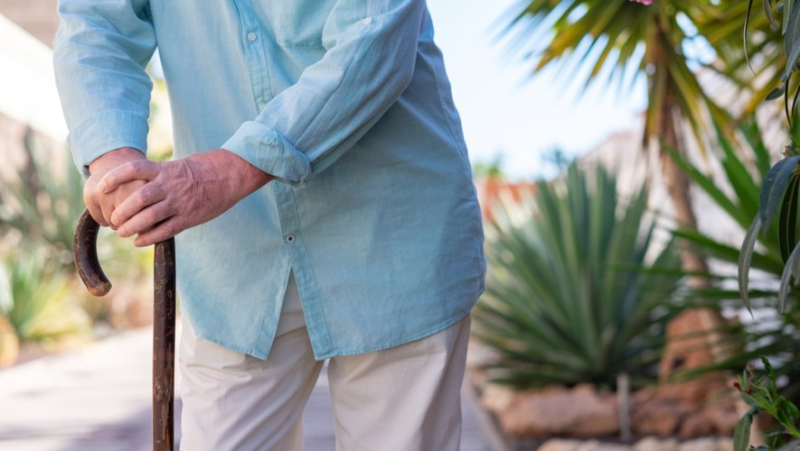Osteoporosis: “different bones”, hormones… why are men less affected than women ?

Pourquoi les hommes sont-ils moins touchés que les femmes par l'ostéoporose ?
Over the age of 50, men suffer three times less than women from osteoporosis, this disease characterized by bone fragility. Why such a difference ? Elements of answers.
Osteoporosis manifests itself by a degradation of the microarchitecture of bone tissue and leads to low bone mass. To the point of creating a high risk of fracture, which increases with age. The disease turns out to be particularly sneaky since in general, no symptoms appear before the first fracture! Which more often affects the vertebrae, wrist and hip.
Not just a female disease
In a country like France, 5.5% of the general population would be affected by an osteoporotic fracture. The majority are women, which may suggest that it is a “female” disease. Fake ! In a 2013 report, the International Osteoporosis Foundation (IOF) estimated that there were 5.5 million men with osteoporosis. within the European Union. And to specify that if indeed, a third of hip fractures occur in men, they are associated with higher mortality than in women.
Bone architecture and estrogens involved
The fact remains that this difference in incidence between sexes is linked to two main factors:
Different bones: if the bone density of men is equivalent to that of women, "the bones of the former are wider and have a different microarchitecture& quot;, notes Inserm; Estrogens involved: of course, bone remodeling depends on genetic factors. But it is also controlled by hormones such as estrogen. These tend to slow down bone degradation. However, at the time of menopause, estrogen levels collapse in women, causing an acceleration of bone loss over the 5 to 10 years that follow. Men do not experience this sudden fall. "Their bone mass therefore decreases more slowly over time, and later than that of women", continues Inserm.
Difficult prevention
Beyond the age of fifty, any fracture resulting from a fall from height should suggest osteoporosis. Likewise, if you notice a loss of more than 4 cm in height, talk to your doctor. It may be a vertebral collapse that has gone unnoticed…




